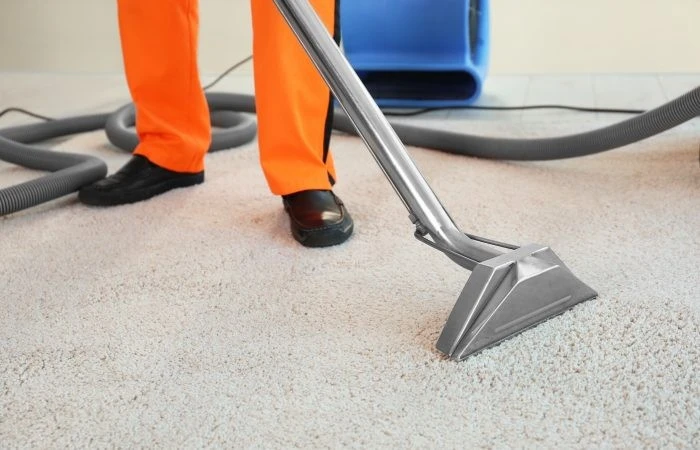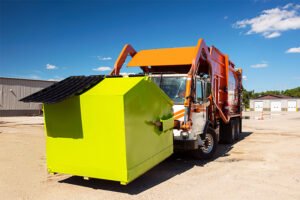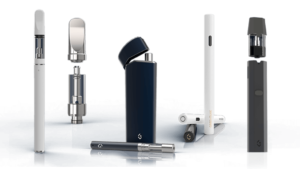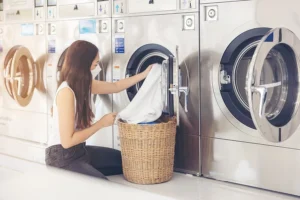Wet Carpet Repair Specialists Fast Restoration For Water Damage

Wet carpets can result from various sources, each presenting unique challenges for repair. Common causes include plumbing leaks, such as burst pipes or faulty fixtures, which can saturate carpets with water. Additionally, natural disasters like flooding or heavy rain can seep into homes, soaking carpets and causing extensive damage. Accidental spills, whether from overflowing sinks or knocked-over beverages, are also frequent culprits of wet carpets. Understanding these causes is crucial for effectively addressing the underlying issue and preventing future incidents.
Understanding The Causes Of Wet Carpets
Potential Risks Of Leaving Carpets Wet
Leaving carpets wet for an extended period can lead to several risks, both to the carpet itself and to the overall indoor environment. One primary concern is the development of mold and mildew, which thrive in damp conditions and can pose health hazards to occupants. Prolonged exposure to moisture can also weaken carpet fibers, leading to structural damage and potential need for replacement. Additionally, wet carpets create an ideal breeding ground for bacteria and other pathogens, further compromising indoor air quality. Addressing wet carpets promptly is essential to mitigate these risks and restore a safe and healthy living environment.
Assessing The Damage
Signs Of Water Damage On Carpets
Identifying signs of water damage on wet carpet repair is essential for determining the extent of the problem. Common indicators include discoloration or staining, particularly in areas prone to water exposure. Mold or mildew growth may also be present, accompanied by a musty odor. In severe cases, the carpet may feel damp to the touch or exhibit visible signs of saturation, such as pooling water. Additionally, adjacent materials, such as baseboards or walls, may show signs of water damage, providing further clues to the source and extent of the issue.
Checking For Underlying Issues
While surface-level damage may be evident, it’s essential to inspect for underlying issues that could exacerbate the problem. This includes assessing the condition of the carpet padding and subflooring, which may also be affected by water infiltration. Inspecting for signs of mold or mildew beneath the carpet surface is critical, as these hidden colonies can continue to proliferate if left untreated. Addressing these underlying issues is essential for effective wet carpet repair and preventing future recurrence of water damage.
Safety Precautions
Turning Off Electricity In Affected Areas
Before attempting any repair work on wet carpets, it’s crucial to prioritize safety by turning off electricity in affected areas. Water and electricity are a dangerous combination, increasing the risk of electrical shocks or fires. Switch off the power supply to any electrical outlets or appliances near the wet carpet area to minimize these hazards. Additionally, use battery-powered lighting sources or extension cords connected to unaffected outlets when working in the vicinity of wet carpets.
Wearing Protective Gear
When handling wet carpets, wearing appropriate protective gear is essential to safeguard against potential health risks. This includes wearing rubber gloves to protect hands from contaminated water and cleaning solutions. Additionally, wearing a face mask or respirator can prevent inhalation of airborne particles, such as mold spores or dust, which may be stirred up during repair work. Safety goggles or glasses can also provide protection against splashes or debris. Prioritizing personal protective equipment (PPE) ensures the safety and well-being of individuals involved in wet carpet repair efforts.
Conclusion:
Prompt and thorough action is essential when faced with wet carpet damage. By understanding the causes, assessing the damage, and following proper repair techniques, you can effectively restore your carpets and prevent further issues such as mold growth and structural damage. Remember to prioritize safety at all times and consider seeking professional assistance for extensive damage. With the right approach, you can ensure a clean, dry, and healthy living environment for you and your family.








